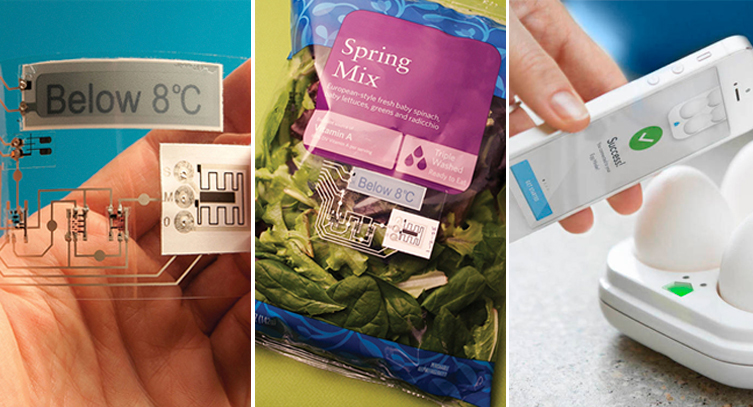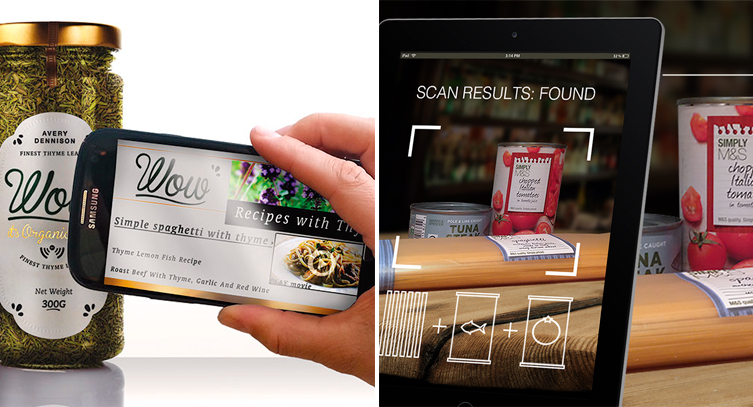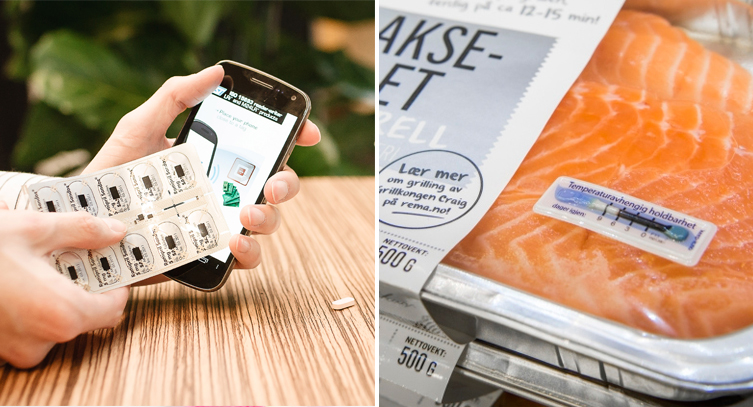Technology is moving forward at a huge pace. Products are better and better, more competitive, healthier and more surprising. For this very reason, packaging cannot get left behind and it needs to evolve, improve and adapt to the new types of products.
This new stage for packaging, which sometimes includes technological elements, is known as smart packaging. Packaging is of utmost importance; it is the first point of contact between the brand and the client. It is their cover letter. One of the main trends that can shake up this first point of contact is smart packaging. But what does this term include? This packaging evolution is focused not only on protecting the product, but it also aims to provide useful information, which can be processed by the seller and the consumer, about the product itself.
Initially, we could say that there are several types of smart packaging, each one with different applications:
- Design type: aimed at improving its shape and function, which adds an extra use to the perception of the product’s value, and thus the user’s experience can be improved when they use it. For example, the dispensing lid on detergents.
- Active type: uses the best materials to improve the appearance or functionality of the product. This can be used, for example, to check the temperature of humidity inside the package and still look attractive to the client.
- Connected type: uses technology, such as sensors or codes, which generate data which is saved, processed, analysed and communicated for different aims, such as improving the supply chain or locating the package.

Temperature and status sensor to know if the product is in good condition.
Based on the three types of smart packaging, we can also say that there are nine different types of applications depending on the aim or need intended to be covered:
Inventory and control on the life cycle
- Tracking: knowing where the package is in real time.
- Agility: optimising the supply chain.
- Sustainability: reducing the environmental footprint by checking the package’s life cycle and making it reusable.
Product integrity
- Authenticity: ensuring the client that the product is as promised, and it is on its way and it is arriving from who was supposed to be sending it. In order to avoid falsifications.
- Security: protecting the product from theft and checking that there has been no inadequate use.
- Quality: ensuring that the product is in optimum condition.
User experience
- Interaction and satisfaction: communication with the consumer in order to have a deeper interaction, such as entertaining them, giving them instructions or providing them with information.
- Usage: making the product easier to deliver and prepare, and understand its behaviour using technology.
- Access: improving the ordering and returns process for products.

Package scanning redirects to formulas that the client can make.
Although this type of packaging is on the rise in regard to its use, and it’s likely that in the long term it will be implemented as the most common type of packaging, nowadays there are still some initial barriers that are stopping it from dominating the current market:
- Sales challenges: better packaging is linked to a better cost. Within a market that is saturated by replaceable products, increasing the price can mean a reduction in sales, but maintaining the price and reducing profit might not be beneficial for the brand.
- Changes in legislation: the regularisation of different aspects that affect this type of packaging, such as third parties gathering data, isn’t yet fully defined, and therefore at this early stage the brands may have issues within this area.
- Technological challenges: if smart packaging partially relies on technology it means that this type of packaging will only be as good as the technology at the time. Therefore, the more it is developed, and it improves, the packaging will adapt and be better.
- Organisational challenges: ensuring that it works correctly depends on different organisations, such as the company itself, the courier service, the company developing the QR codes or the one the client uses. Therefore, all of them need to work together and fulfil their part of the agreement so that it is truly worthwhile and positive.

Left. Code detector app for package monitoring. – Right. Temperature sensor.
In view of the potential, different applications, trends confirm that this will be the packaging of the future. It isn’t one that is only visually better to grab clients’ attention, or that protects the product in a more effective way, but it’s also one that can make a difference in society and offer more convenience and features to its users.
Source: Deloitte Insights

2 Responses to The growing trend of smart packaging